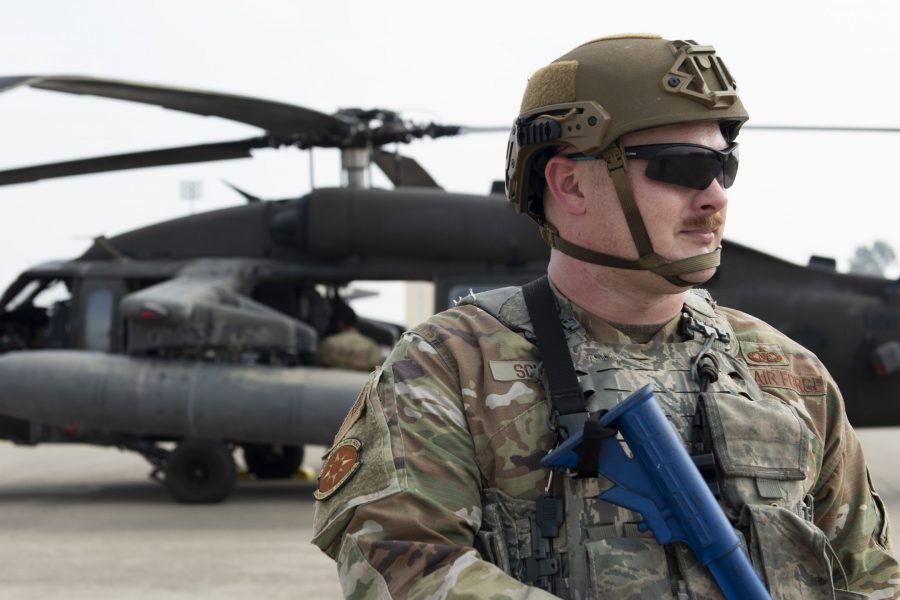The Air Force’s push for deployable, multi-capable Airmen has extended to Incirlik Air Base, Turkey, a base on the southern flank of NATO, near Russia’s doorstep.
Agile Combat Employment, or ACE, has taken hold service-wide, with wings and major commands exercising how it can have one Airman serve in multiple roles when needed, to be able to run combat operations with a small footprint. At Incirlik, Airmen from across the 39th Air Base Wing trained with U.S. Army UH-60 Black Hawks deployed to learn these new capabilities, Wing Commander Col. John B. Creel said in an interview.
“If you know more than just your one job, I can send that person that knows how to do more than one thing and I don’t have to send maybe more than that one person,” Creel said. “So the footprint that I need to move to another location for a shorter period of time, that can then project the … combat power, is smaller than if I have to send every single person that does this specific job.”
Airmen from different Air Force Specialty Codes first attended a three-day ACE “Academy,” where they worked in the classroom and on the flightline with the Army learning how to protect, fuel, marshal, and get parts for the Black Hawk. Some Airmen had never been around helicopters before, but they learned the basics on how to keep a small base of the choppers running if necessary. These Airmen, who got a certificate and coin showing their “multi-capable” role, will help direct future training events and exercises so in the future the base can send aircraft to austere locations for larger-scale events, and work with Turkish personnel as well, Creel said.
“We’re trying to make it to where our Airmen own the training, they just go out and have classes on other jobs,” Creel said. “So, if you’re a logistical Airman, maybe you go learn how to guard an aircraft. Maybe you’re an airfield manager, maybe you learn how to not only refuel the aircraft, but you also know where to go to get parts for the aircraft. We’re trying to do that to where you have the multi-capable Airman, and not just a specialty Airman on one thing.”
Bases across U.S. Air Forces in Europe-Air Forces Africa did not get specific tasks, but instead were directed to “look at what we had available” to train on ACE, Creel said. Other wings have done training events where they have forward deployed aircraft, for example. Eventually, the wings will come together for additional exercises.
“We’re not just going to be doing this here at Incirlik,” Creel said. “It’s going to be in every other wing, and we’re fine tuning how we’re going to do it at each base initially, and then we’re going to start working together.”
Creel said the training at Incirlik is just beginning. It needs to extend beyond his tenure at the base, or the time each individual is based in Turkey. It needs to be a “three- to five-year plan, maybe even 10.”
“It needs to be a strategic thought,” he said. “It’s not just something that we’re going to do for a while and then, you know, focus on something else. This is how we deter aggression here on the southern flank. … This is extremely important way down south on the (U.S. European Command) side. It’s all about the location and [ability] to project the power when we need to.”
